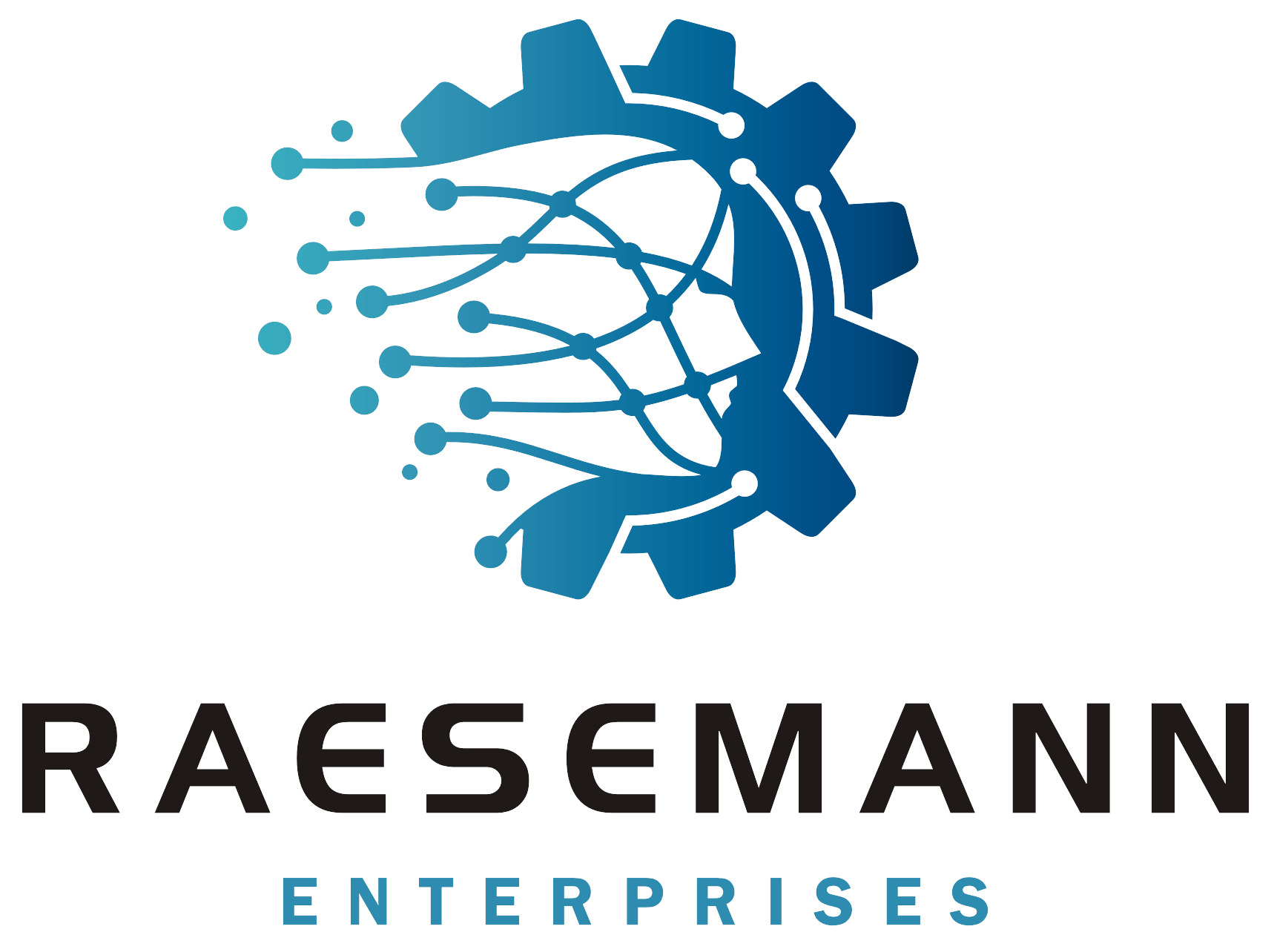EUEC – Start of day 2
We are just starting the second day of the EUEC. Yesterday offered a gem or two during the Mercury sessions.
Dieter Kita of Thermo Fisher gave an update on their systems. For the most part he covered things that I already knew. There were a few new items. The first is that they are using a humidifier to add a little moisture to the calibration gas before it goes up the stack. He says that this is giving them more consistent calibrations.
The HgCl2 generator to test the converter efficiency has been coming along. He showed a few trends showing the performance improvement that they have achieved so far. The generator now stabilises in about 5 minutes. Earlier versions took closer to 30 minutes to stabilize. This improvement was vital for an operational CMMS.
He also elaborated on the chlorine source that they are using. When I initially heard about the generator they were speculating that they would use a solid chlorine source. Later they said that they were going to use a gas cylinder. There has been concern that this would cause safety and hazard concerns. Dieter said that they are going to use a small cylinder with a 250ppm Cl gas. This should alley some of the safety concerns
Another concern that has been raised in many of the presentations is the trouble monitoring low levels of Hg (<-0.5 micrograms/m^3). Dieter talked about a new development for their low source systems. They are using nitrogen gas for dilution. This gives them a 5x improvement in detection limit and eliminates much of the noise in the system. After looking at the trends that he presented, I suspect that we may see nitrogen dilution systems become the norm as monitoring progresses. It will add a little cost and complexity to the system but as removal rates progress, the tradeoff will definitely be worth it. The key to good measurement in low level situations is to get a solid and repeatable zero. The nitrogen dilution seems to help in the situation.
Tom Robertson of EQM gave a little status report of Hg monitoring. He said that to the best of his knowledge only about 50 CMMS have been installed nationwide of the 1566 coal plants that will require monitoring. The utilities that he talked to who had installed systems indicated that the maintenance costs and demand of technician hours were far greater than they are used to with part 75 systems.
There is growing concern that equipment vendors will not be able to keep up with the manufacturing demand. There will also be a shortage of experienced technical personnel and test crews. His said that the from his conversations with the EPA, they are not buying the argument that there will not be enough stack testers to certify all of these systems. The bet that the EPA will allow a delay in implementation might not be a good one, especially with the political pressure to implement the reductions even faster than CAMR requires.
I asked about the strategy of using Appendix K monitoring while waiting for the bugs in CMMS to be hammered out. He indicated that the costs associated with this would likely be close to the costs of implementing a CMMS.
Stephen Niksa of Niksa Energy presented the progress of his company’s efforts to model and predict Hg emissions using their MercuRator software. He appears to be using very complex first principle models to predict Hg removal and emissions from coal samples. It might be worth your time to take a look just to have an idea of what is out there. If he is successful at prediction it could save a lot of money in extended testing.
Today I am looking forward to Bobby Chen of Western Kentucky’s presentation regarding concerns about the proposed instrument reference method. I caught his presentation at the Thermo Super Group meeting in Chicago a few months ago. I will post any new insights.
An item of humor. As I sat through the train of PowerPoint presentations, I was reminded of a site that I saw about 6 months ago. Lincoln’s Gettysburg presentation given in PowerPoint. Check it out, it is well worth it.
